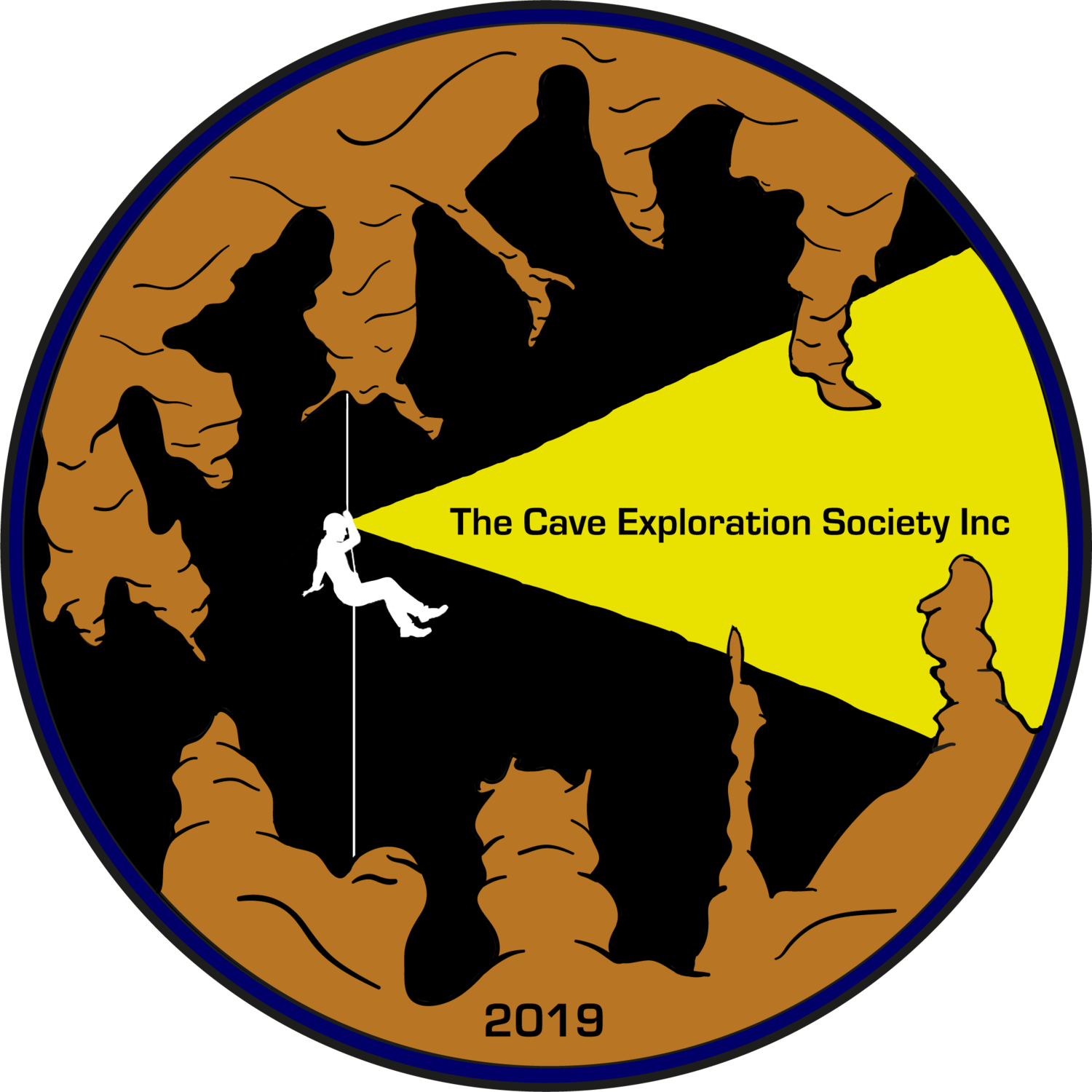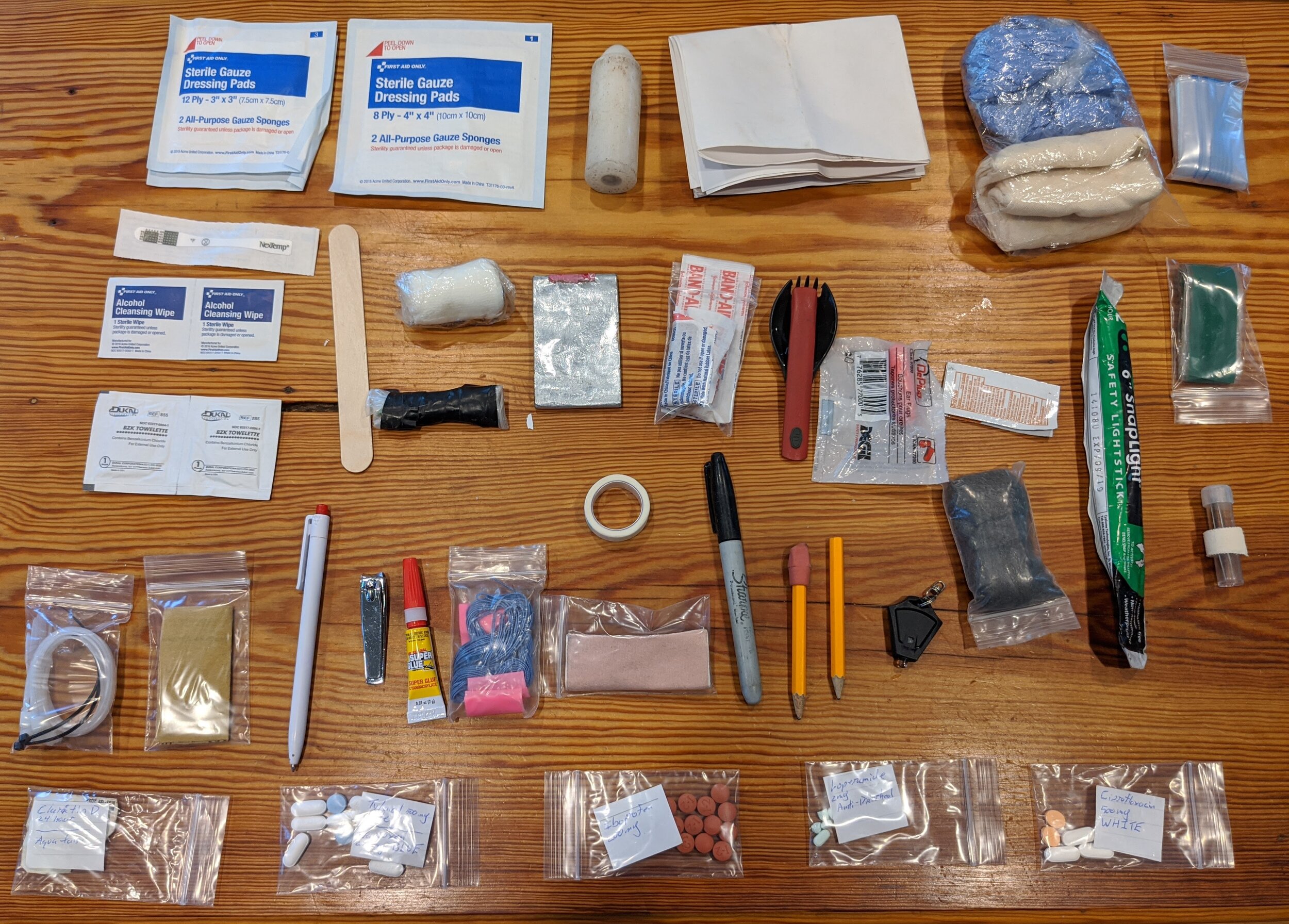Once a year I try to go though my emergency kit, evaluate what is in it and restock any missing items. The kit stays the same for recreational trips and short expeditions. My goal is to limit the size and weight to roughly 1 pound (450 grams). The old kit weighted 16.2 oz (458g). After restocking, 17.2 oz (489g). The extra weight mostly came from moving my space blanket, 2.1 oz (50g) from inside my helmet to the emergency kit. The rational is I would rather keep my helmet as light as possible.
The containers should be small, water proof, durable and protect their contents. Some options are Dry bags Pros: light weight and condense to the shape and size of the kit. Cons: not as durable as a hard shell, leak easily and don’t protect the contents from being crushed. Hard shell cases Pros: very water proof, good access to contents and protect contents from being crushed. Cons: heavy, can’t fill to 100% and expensive. Water bottles Pros: light weight, durable, crush resistant. Cons: poor access to contents.
It’s easy to get carried away and try to pack for every emergency. Picking a small container will help avoid this issue, plus container that is just big enough will keep the contents from sliding around. There are items in my kit that couldn’t possibly be used on every caving trip. I am OK with that, because I would much rather have them when they are actually needed.
Missing from my kit is a knife. My kit always goes in my carry on, and I have lost a knife to the TSA. Not to mention, when caving I prefer to carry my knife on a lanyard around my neck. There is a single razor blade wrapped in tape, in the kit. Also missing are tools, most people keep a multi purpose tool in their kit, so why carry another one, plus they are heavy.
I pack my kit starting with the least used items. If they are needed, 90% of the kit will have to come out. A definite drawback of of using a bottle. Nothing in my kit is very heavy, the space blanket is the heaviest item at 2.1 oz (59g), so weight is not part of the packing order. At the very top are 5 large zip ties.
This year I “upgraded” my wide mouth Nalgene bottle to a lighter HDPE version. It saved me 2.3 oz (72 g).






